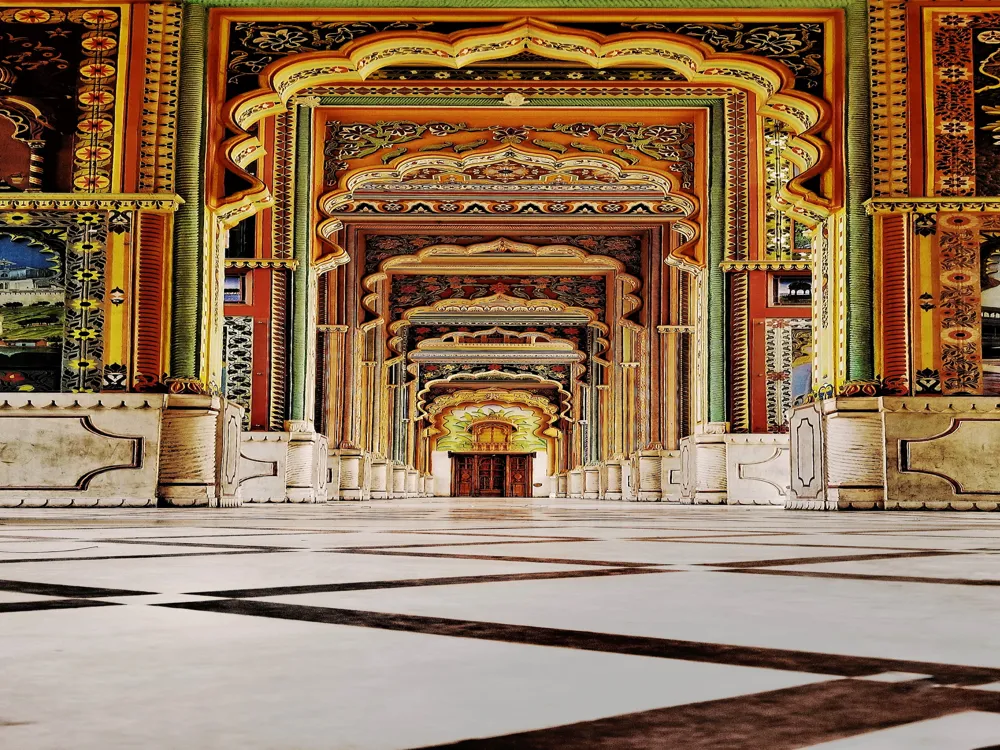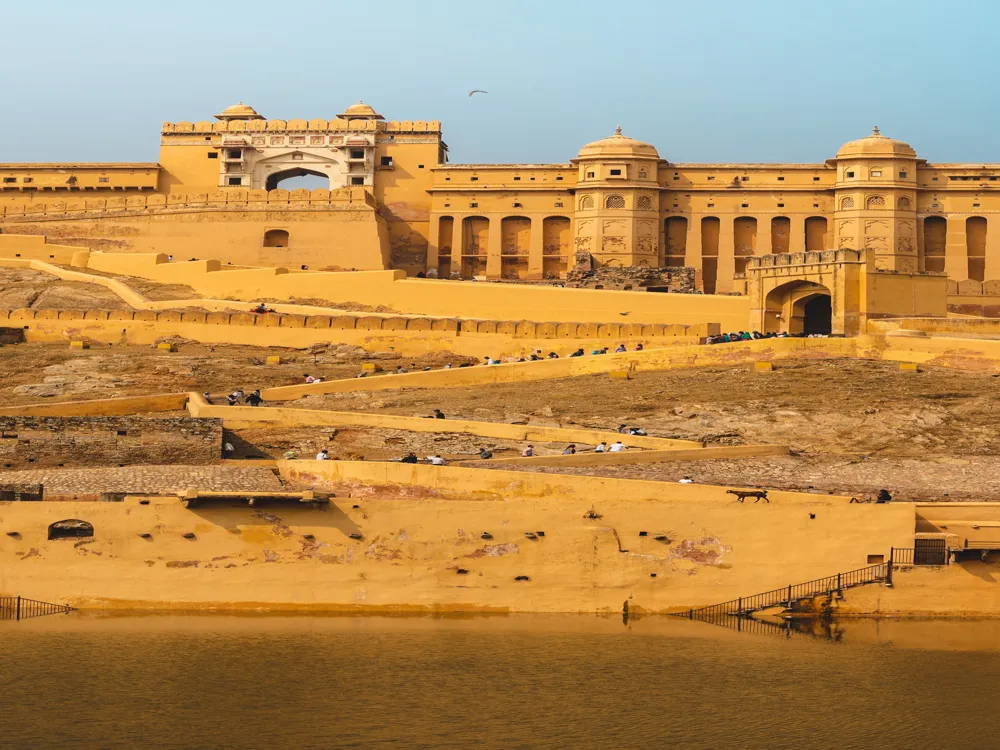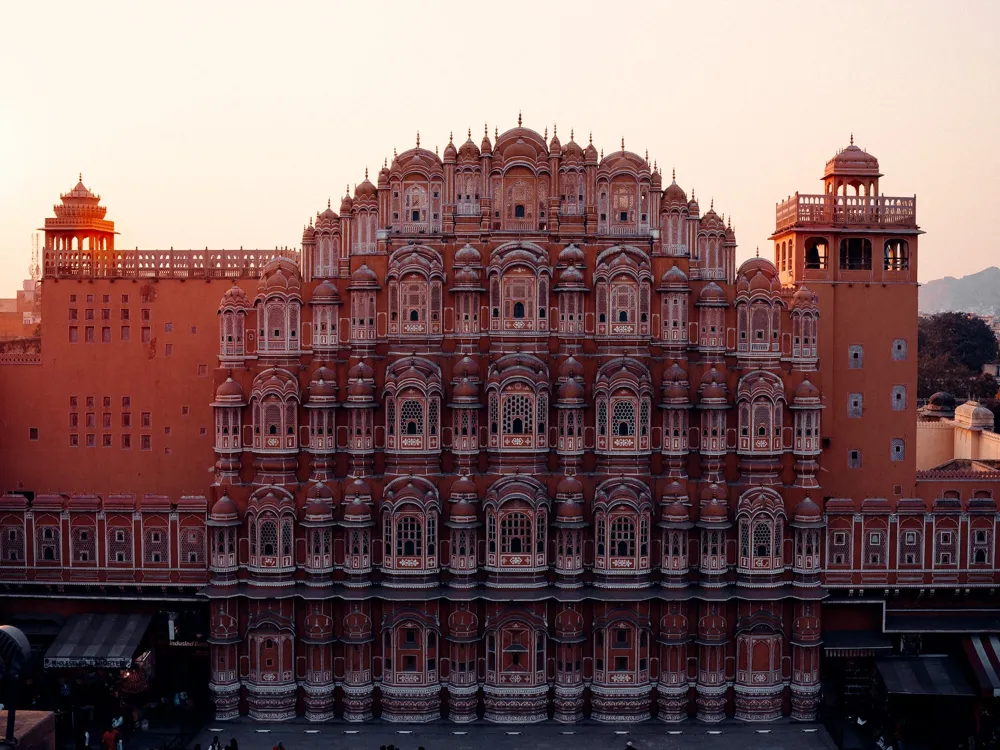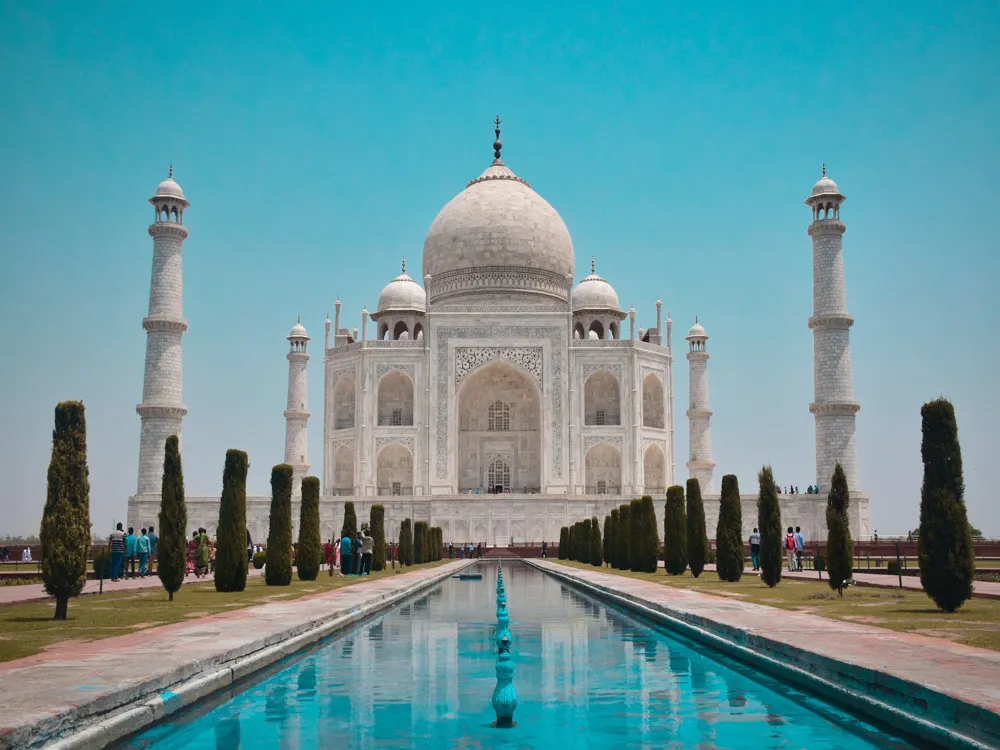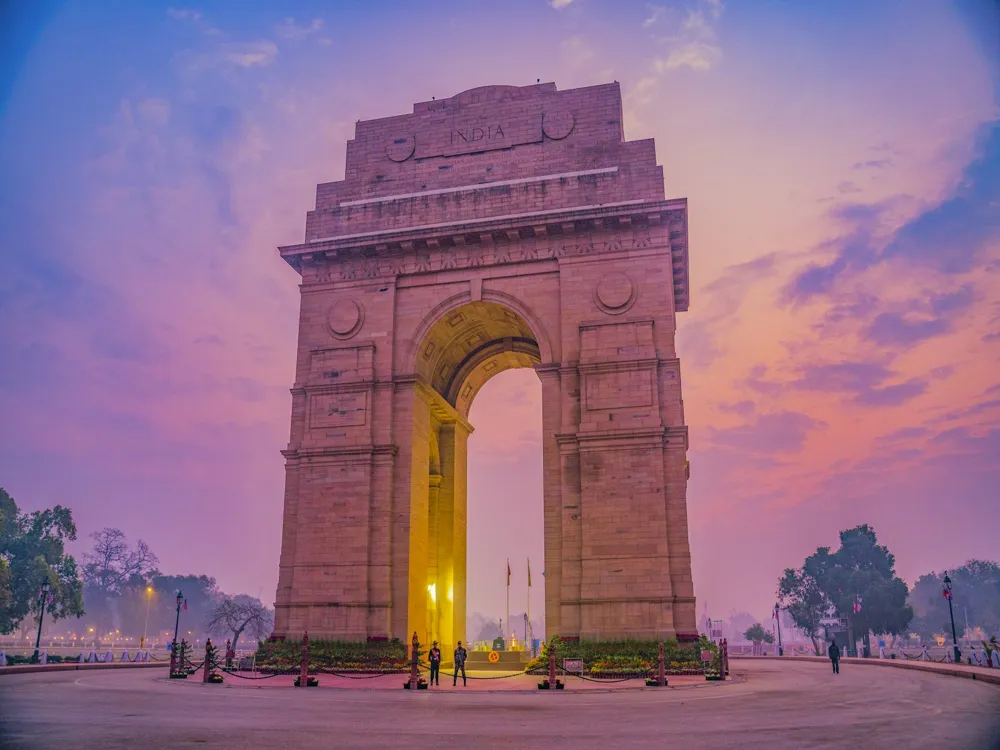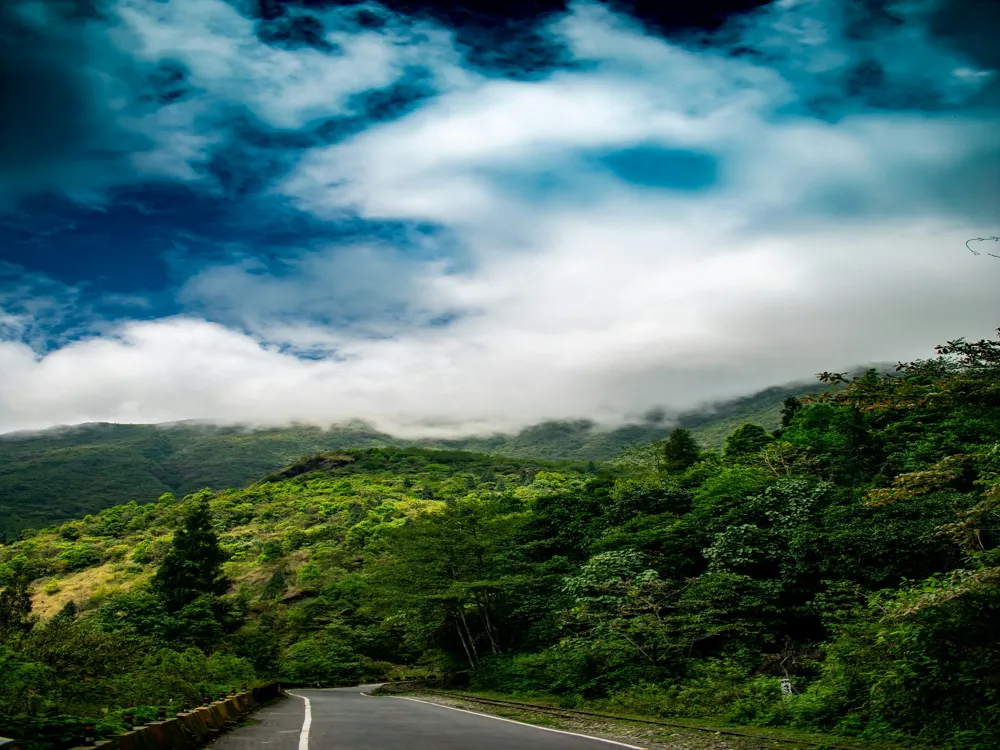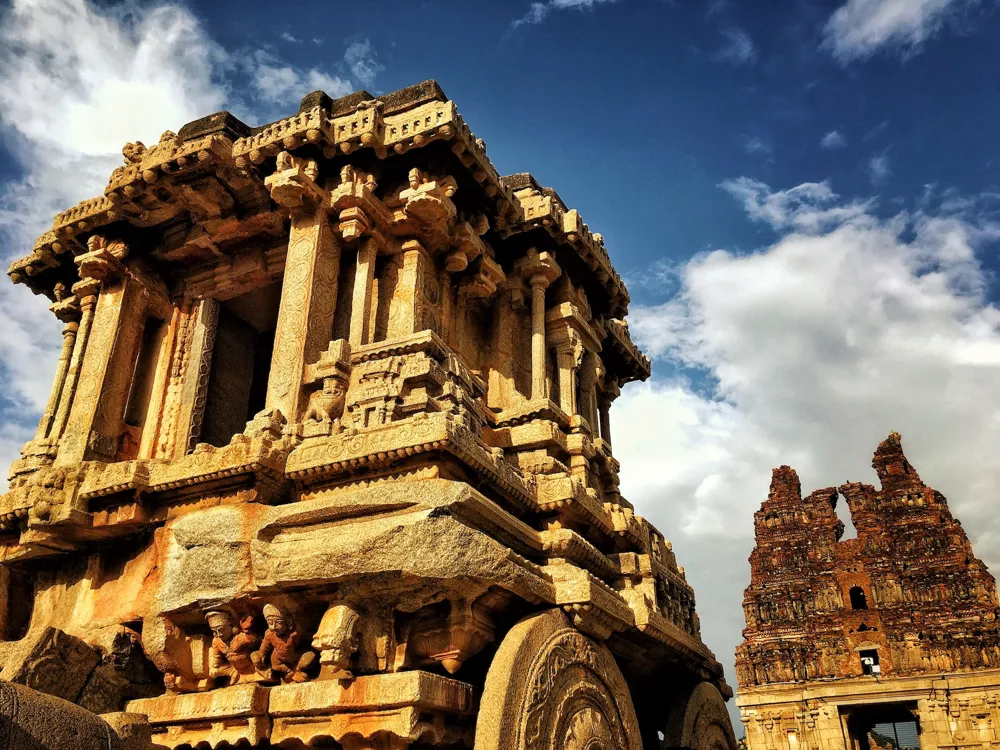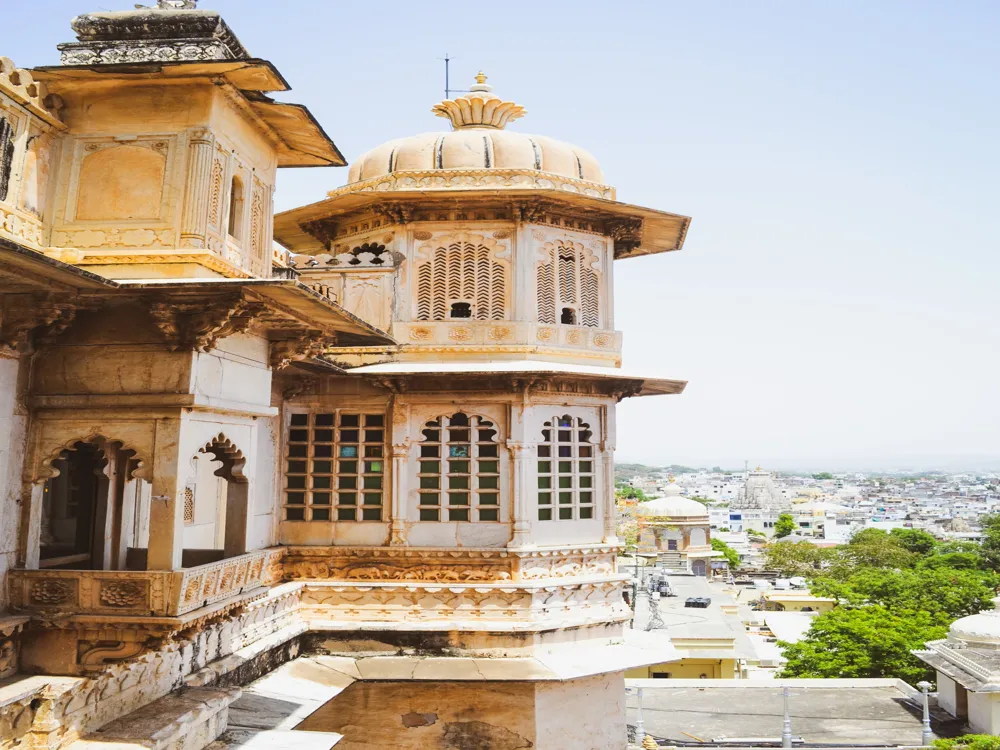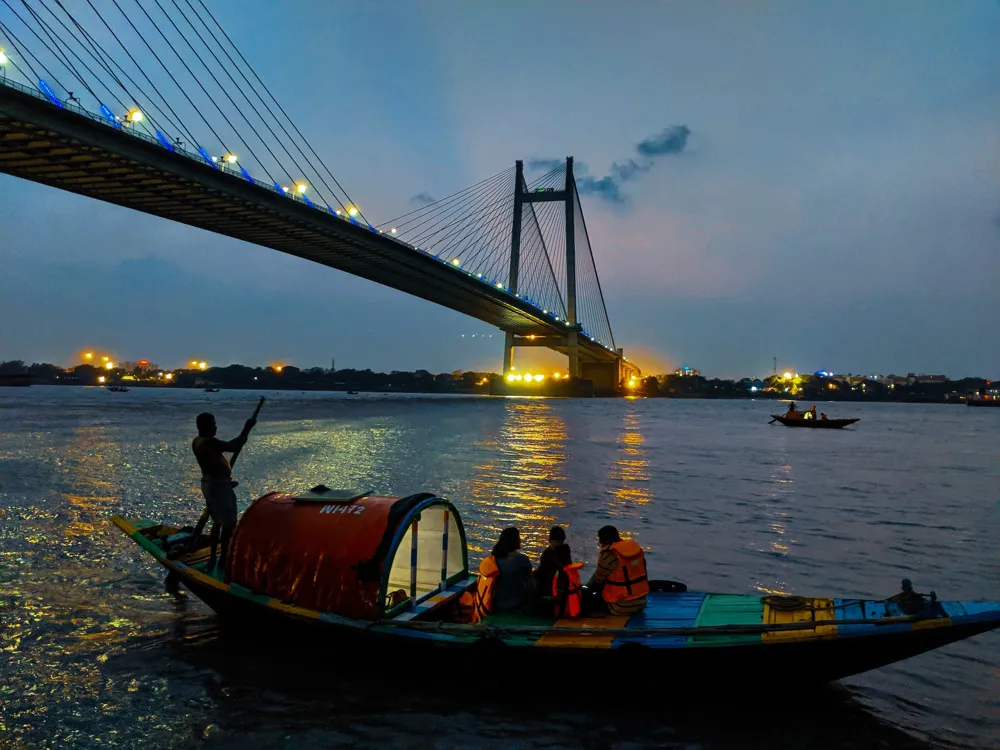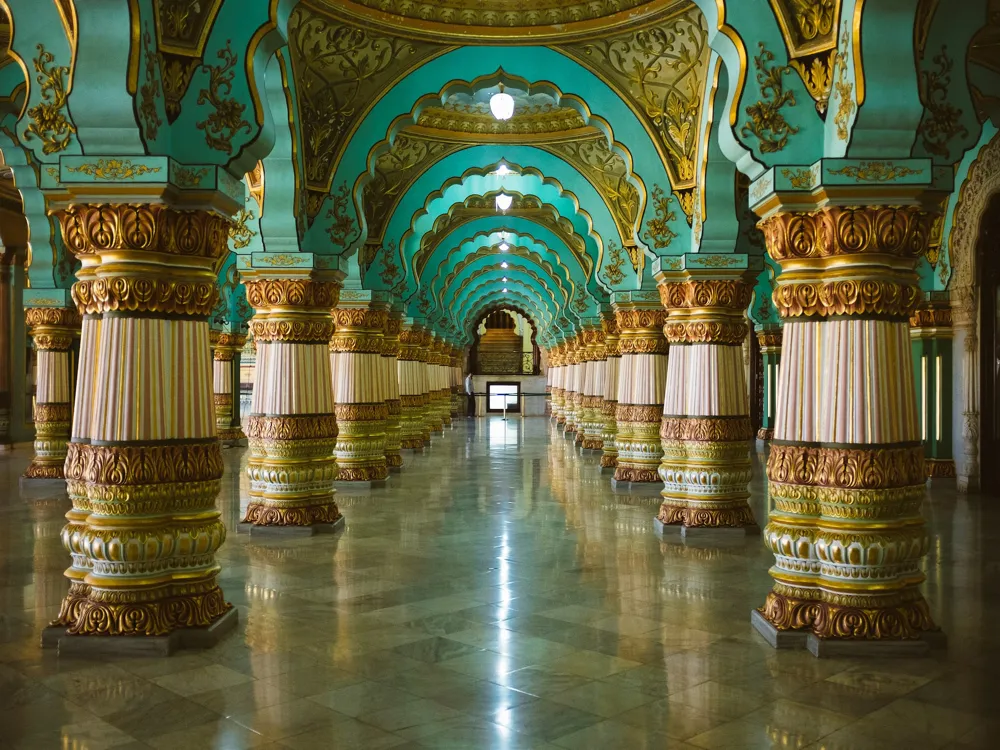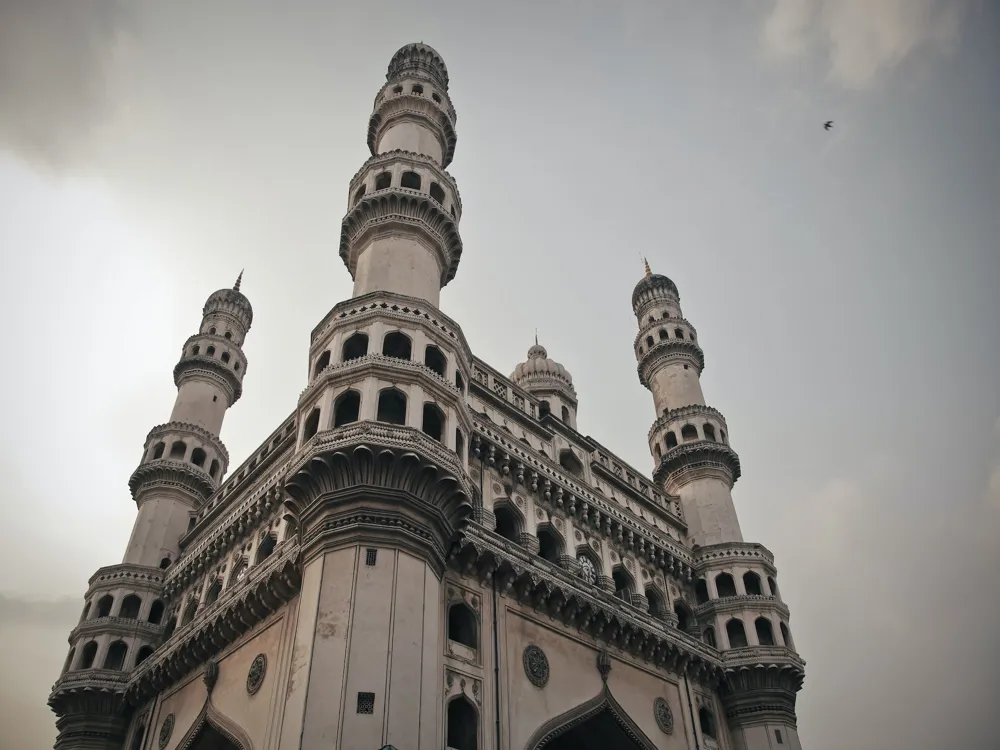Plan Your Travel To Jaipur
Places To Visit In Jaipur
Galtaji Temple
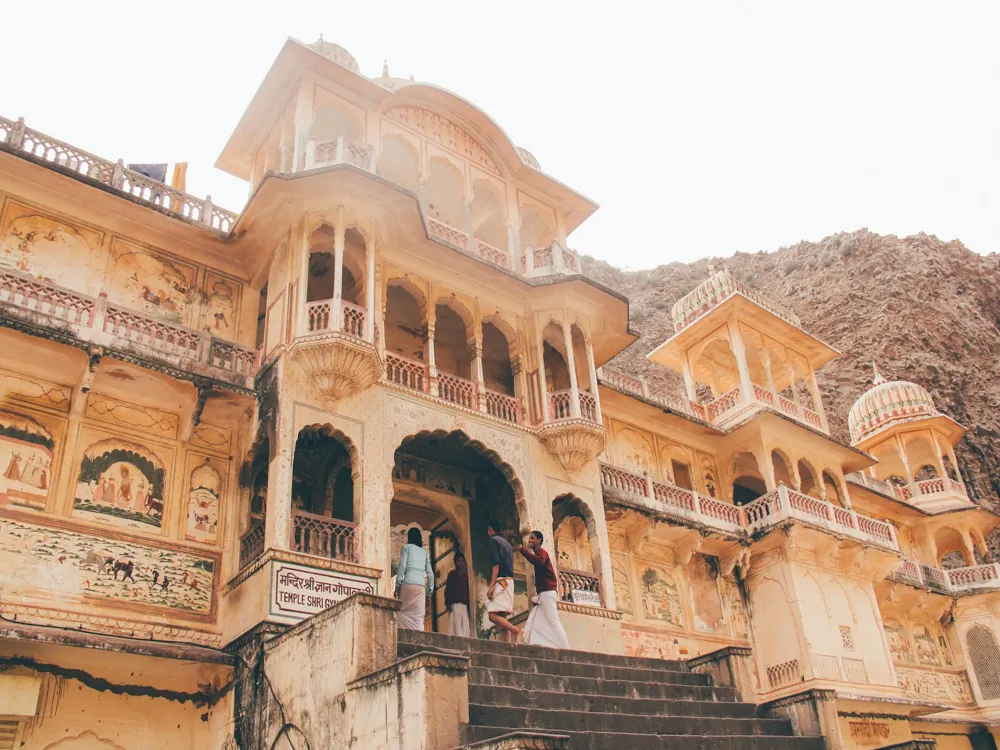
Located on the outskirts of the regal city of Jaipur, Galtaji Temple is a prehistoric Hindu pilgrimage site. Outlined by the striking Aravalli hills, it consists of several shrines, holy kunds, pavilions and natural springs. This majestic temple is situated at the heart of a hilly terrain that is bounded by a beautiful gorge that attracts tourists here every year. Galtaji Temple was built using pink colour sandstone and is a vast temple complex housing varied shrines. Located inside the City Palace, the walls of this temple are beautifully adorned with carvings and paintings that make this place worth visiting. The Galtaji temple is unique in its architecture and has been constructed like a palace.
It is situated in the Aravalli hills and is bound by thick plush trees and bushes. This remarkable building is decorated with painted walls, round roofs and pillars. Apart from the kunds, this pre-historic Hindu pilgrimage place also has temples of Lord Ram, Lord Krishna and Lord Hanuman within the temple. One of the main tourist destinations of Jaipur, the temple complex boasts of natural freshwater springs and seven holy 'kunds' or water tanks. Among these kunds, the 'Galta Kund', is the holiest one and is believed never to get dry. Pure and clear water flows from the 'Gaumukh', a rock shaped like a cow's head, into the tanks. This spectacular temple is designed to look more like a grand palace or 'haveli' than a traditional temple. The Galtaji Temple has a scenic and gorgeous landscape featuring rich green vegetation and has a spectacular sight of the Jaipur city. This temple is known for the many tribes of monkeys that are found here and the religious hymns and chants, along with the natural setting, offer a peaceful ambience to tourists.
Read More
Garh Ganesh Temple
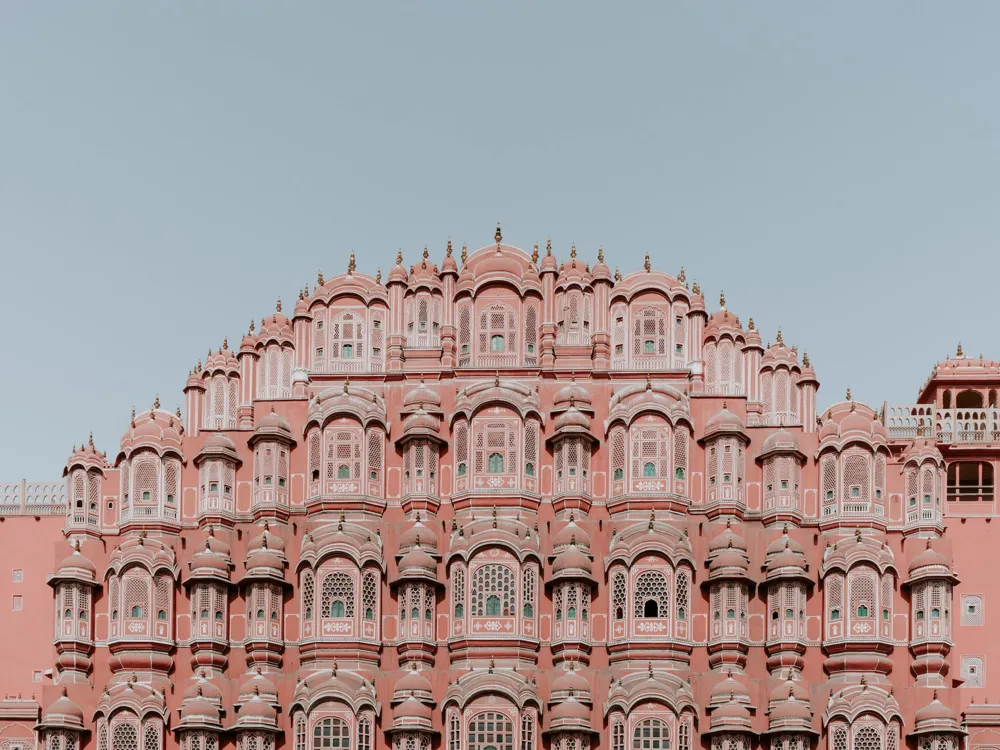
Garh Ganesh Temple is an ancient temple built by Maharaja Sawai Jai Singh before he laid the foundation stone of the city of Jaipur. The temple is located near Jaigarh and Nahargarh Forts on the Aravalli Hills. It is dedicated to Lord Ganesh who is revered in Vigra Purushakriti, which means his child-form is worshipped here. The temple is often a halting spot for trekkers who explore the Aravalli Hills for a fabulous view of the city.
Govind Ji Temple
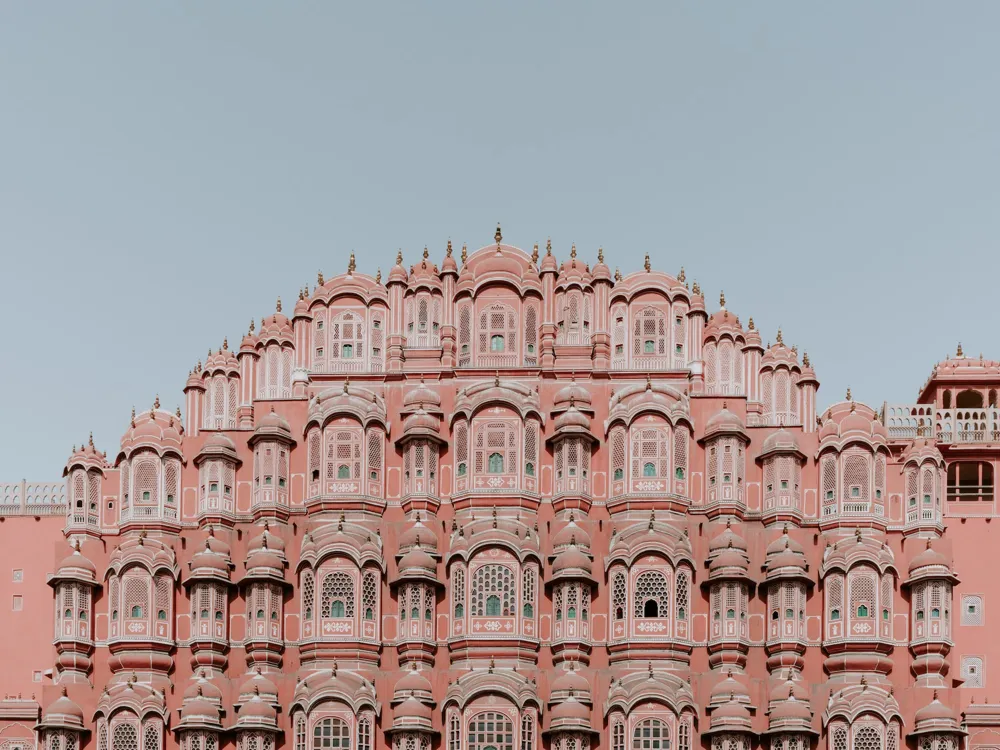
Probably one of the most significant temples for Krishna followers after Vrindavan, Govind Dev Temple is located within the City Palace of Jaipur. Locals believe that the statue of the deity here looks exactly like Krishna's form during his incarnation of Earth. From early in the morning to the late night, the air is thick with the sounds of Mangala Aarati at dawn and Shayana Aarati at night. Built during the reign of Emperor Akbar by Sawai Man Singh in 1590 and was regarded as being one of the largest temples of the world during its time.
Being dedicated to Lord Krishna, the temple sees an upbeat and exciting celebration during the Janmashtami time in August. As the Temple is the part of the City Palace, which was the seat of the Maharaja of Jaipur, it has a beautiful coexistence of Hindu, Muslim and Western architectural traits. The temple is surrounded by beautiful gardens. Inside it, one can see some beautiful European chandeliers and paintings of Indian art.
Read More
Hari Mahal Palace
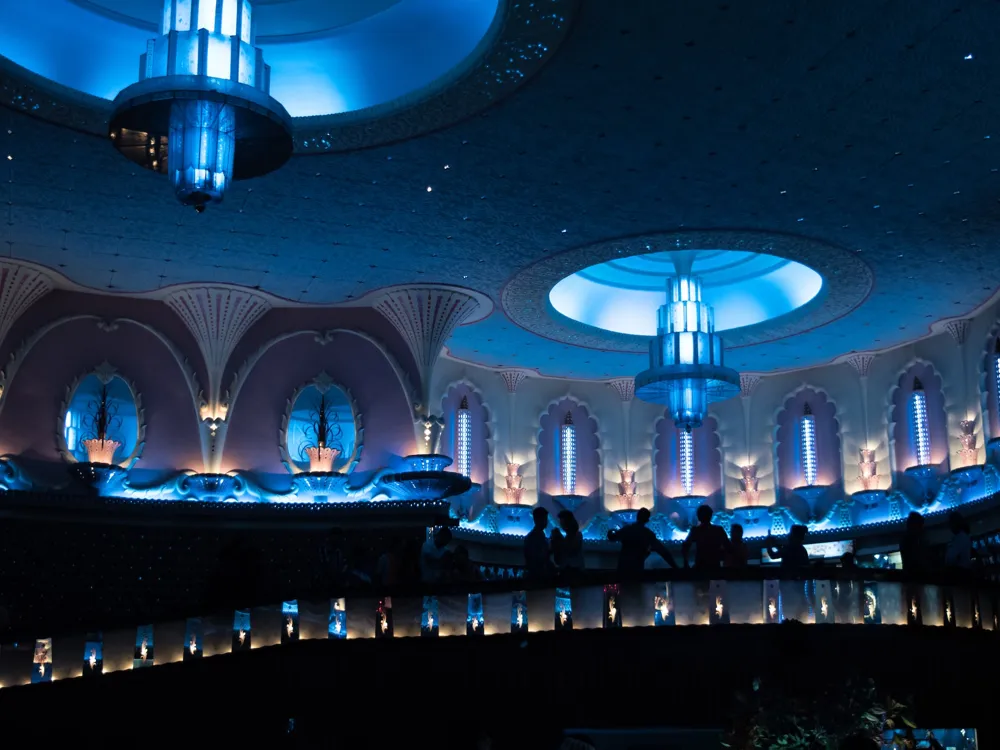
Hari Mahal Palace is one of the best heritage hotels in Jaipur, for experiencing the Heritage of the city. The palace is located in the heart of the city and was built as the residence of Rajadhiraj Hari Singhji of Achrol. Rajadhiraj Mahendra Singh, the descendant of the Achrol family is still living in one part of the palace and the other part of the palace has now been converted into a Heritage Hotel. The architecture of the Palace is mixed up in Rajputana, Mughal, and British styles. Hari Mahal was built in 1930 by the descendants of Maharaja Prithvi Raj of Amber.
Accommodations in Hari Mahal Palace are available in heritage style and luxury. Decorated with traditional designs and patterns, the rooms have been equipped with all modern facilities. The Heritage Wing has 11 rooms with the themes of different regions. The gorgeous furnishings embrace vibrant colours of the princely states that they have been named after. Original artworks and photographs add to the heritage. Apart from these, the resort also has Family and Deluxe Wings.
Read More
Hawa Mahal
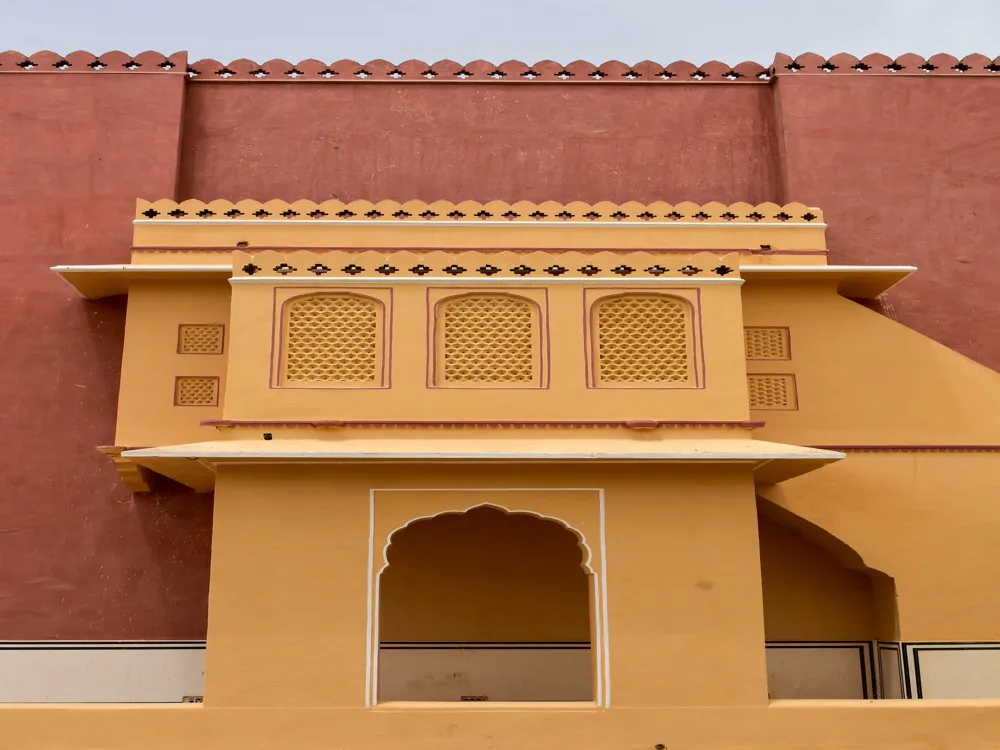
The massive edifice of Hawa Mahal stands at the intersection of the main road in Jaipur, Badi Chaupad and was built by Maharaja Sawai Pratap Singh in the year 1799. Hawa Mahal derives its name from its unique structure, which is a mesh of small windows that allowed cool wind to enter the palace and hence kept the palace comfortable during the hot summer months. The main reason behind the palace's construction was to allow the women of the royal house to observe the festivities on the streets whilst being unseen from the outside as was the custom of the land. It is located right on the edge of the City Palace Jaipur and extends right to the 'zenana'.
Hawa Mahal is a structure made of red and pink sandstone and has a pyramidal structure which almost resembles a crown. It has been embellished with 953 tiny windows, also known as 'Jharokhas' and embellished with gorgeous latticework. From within, the Hawa Mahal palace is based on five floors each of which has a uniquely decorated chamber. A charming fountain welcomes you inside the main palace, from whereon you can make your way up to the different floors. The top of the palace offers a brilliant view of the City Palace, Jantar Mantar and the ever-busy Siredeori Bazar. There is a small museum as well which holds some rich relics and miniature paintings.
Read More
Hotel Aapno And Water Park
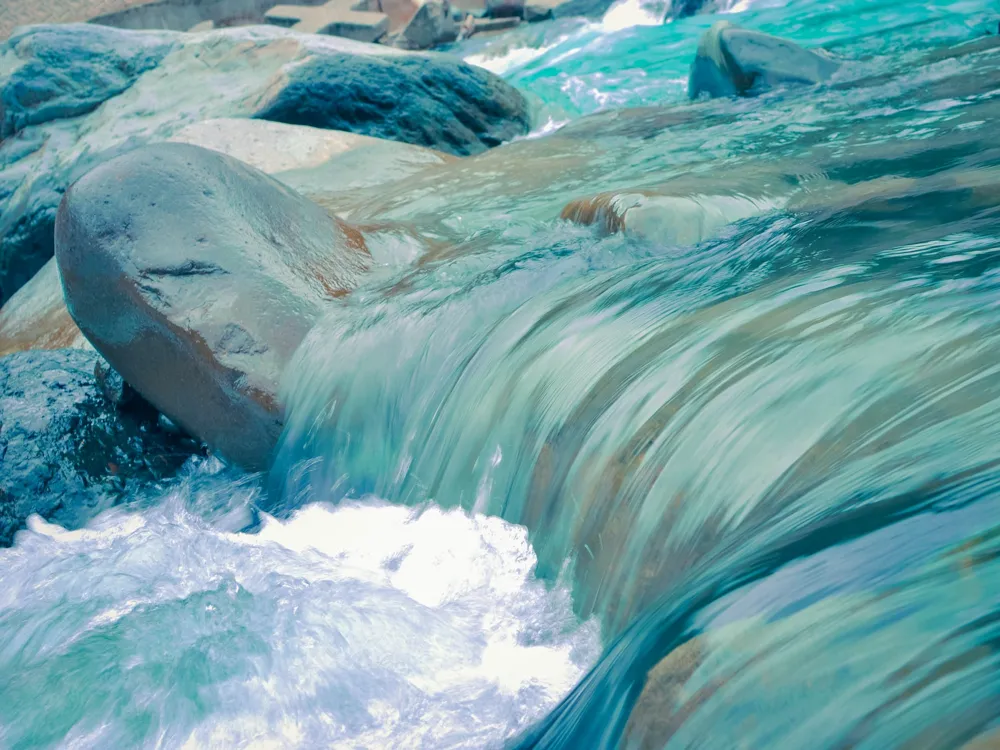
Located on the outskirts of the Pink City and just a short 15- 20 minutes drive away, Hotel Aapno is a village resort in Jaipur. Laced with all the modern recreational facilities, the highlight of the resort is the magnificent water park replete with several swings and thrilling rides, wave pools, rain dance, lazy river and the like. Besides, the resort hosts several events with traditional folk dances and singing. The performance arena even has a machaan where the artists perform. In addition to the typical feel and aura of rural Rajasthan, the resort matches up to the expectations of its guests by its modern facilities and state of the art technology.
Enveloped in lush green environment and dense trees, the resort has luxurious stay options, fine dine restaurant boasting of finger licking food, banquet halls to host weddings, private parties, family functions, corporate events etc. In addition to the several cultural events and programmes organized at the destination, the resort boasts of having traditional cottages for the accomodation of the guests. All in all, Hotel Aapno and Water Park is a fulfilling experience on the whole, where you can both relax and unwind, spend a fun filled thrilling day at the water park, taste delicious traditional cuisine and experience rural lifestyle of Rajasthan.
Read More
Jaigarh Fort
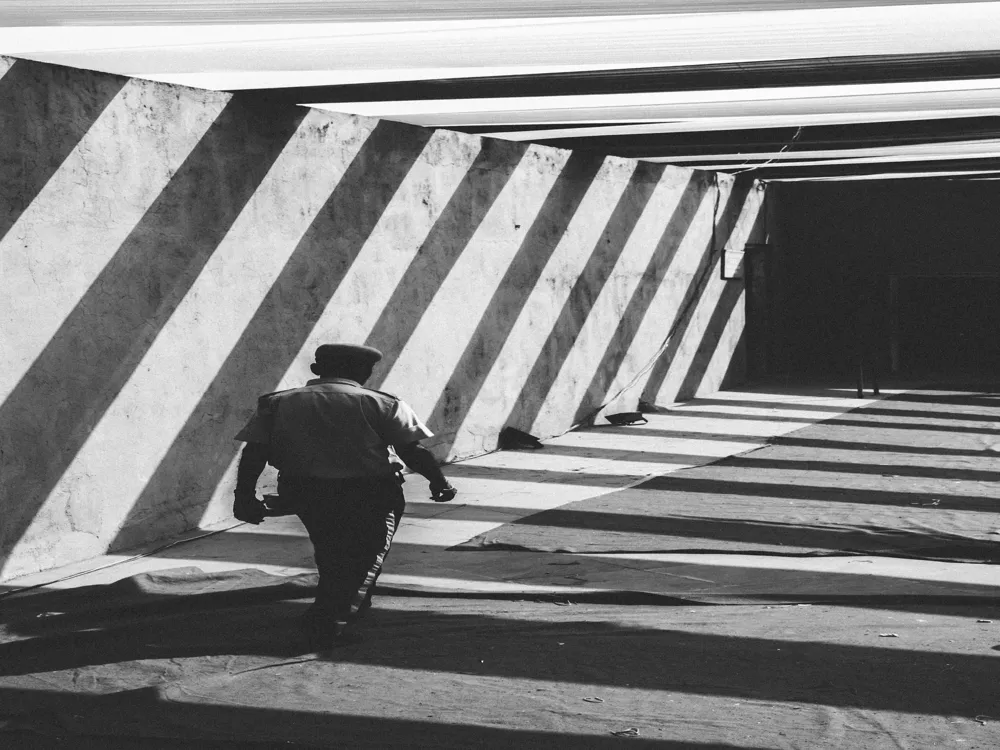
Jaigarh Fort is a grand structure perched on the top of the 'Cheel ka Teela' hills in the Pink City of Jaipur. This magnificent edifice was commissioned by Sawai Jai Singh II in the year 1726 to protect Amer Fort. Cradled on the top of the cliff, it is a palatial structure bounded by verdant greenery and massive battlements. This magnificent fort is connected to Amer Fort through subterranean passages and is famously known as the 'Fort of Victory' as it was never conquered. The fort currently houses the world's largest cannon on wheels - 'Jaivana' and offers a magnificent view of the Jaipur city.
Conceptualized and designed by a talented architect called Vidhyadhar, Jaigarh fort is said to be the strongest of all the three forts and has never faced any major resistance. The fort reflects the city's prosperous past and is named after the ruler who got it built - Sawai Jai Singh II. Other than its elaborate architecture, the fort is also known for the huge treasure that was believed to be buried under it. However, it is believed that the treasure was seized by the government of Rajasthan in the 1970s.
Read More
Elephant Festival in Jaipur
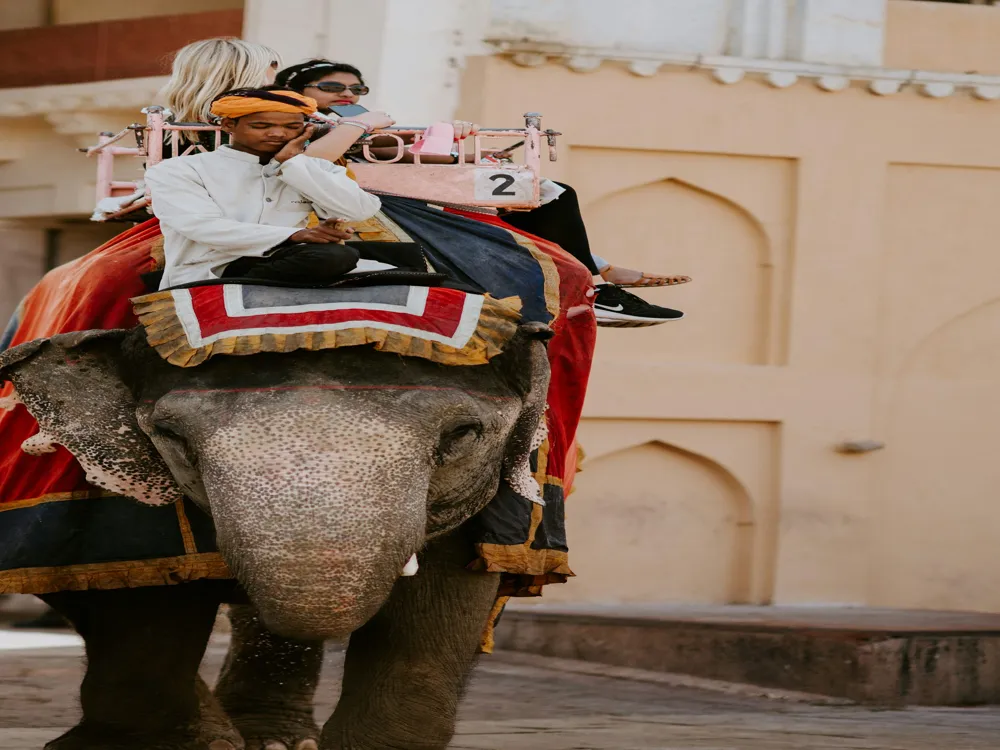
Conforming to the idea of a central festival celebrated with regional variations, the 'Pink City,' the city of Jaipur witnesses an extraordinary form of celebration on the occasion of Holi. The city of Jaipur, in the Indian state of Rajasthan, organizes a festivity cum show of elephants on this occasion. Widely famous by the name of 'Jaipur Elephant festival' the festival produces a most spectacular of scenes for the onlookers.
Female elephants are adorned with decoratives like jewellery and are made to participate in various ceremonial activities, including parades, Elephant Polo, and Elephant dance. The tinkle of their ornaments as the elephants walk, make the scene a most wonderful one to behold, together with the discipline they are prepared to perform. The show takes place in the city of Jaipur, where people from all parts of India as well as from abroad can be seen being witness to this beautiful festival.
Which Month is the Elephant Festival in Jaipur Celebrated?
Preparing for the Elephant Polosource
The Jaipur Elephant festival is celebrated on the occasion of the Hindu festival of Holi. The Holi festival is celebrated on the full moon day (Purnima) of the month of Phalgun of the Vikram Samvat Hindu Calendar. Since the date of the festival is based on the traditional Hindu calendar, it does not occur at the same time as the year of the Gregorian calendar. However, it generally falls in March.
Jaipur Elephant Festival - Venue Details
An adorned elephant at the Jaipur Elephant Festivalsource
The Jaipur Elephant festival is celebrated in the Polo ground, which is located opposite the Sawai Mansingh Stadium, in the city of Jaipur, in the Indian state of Rajasthan. Jaipur, the capital city of Rajasthan, is famously known as the 'Pink City.'The Jaipur Elephant festival is organized on the occasion of Holi, which is celebrated all over India as an occasion of joy and tying broken relationships when people play with colors and bring the phrase of painting the town red to have a reality to it. It is celebrated to mark the victory of good over evil, and also to welcome the spring season, marking the end of winter. The festival of Holi is celebrated in different ways in different regions of the country; the Jaipur Elephant festival happens to be an excellent example of the same.
Events & Significance of the Elephant Festival of Jaipur
A glimpse of the Jaipur Elephant Festivalsource
The Jaipur Elephant festival is organized by the Tourism Department of the Government of Rajasthan, to promote tourism in the state by showing the world the true cultural legacy the state possesses.The Elephant MarchThe festival begins with a march of elephants. The highly adorned elephants walk in a parade, with their ornaments producing beautiful tinkling sound. Together with the elephants come groups of adorned camels, horses and men. The men and women, clad in their traditional Rajasthani clothes to flaunt their cultural identity, join the march performing folk dances on Rajasthani folk music. The procession makes one see the richness of Rajasthani culture from a close angle.Elephant PoloThe game of Polo has been a much favorite game among the elites. It is played like the game of hockey, the only difference being players sitting on horsebacks. However, the Jaipur Elephant festival brings a most exciting and extraordinary version of the game of Polo, in which the players rest, not on horses, but elephants. Clad in traditional wears, which includes colorful turbans, the players use long sticks and a plastic ball to play the game. They compete to score goals, like a typical Polo game. The Elephant Polo is a center of attraction in the Jaipur Elephant festival and produces a craving feeling to watch it in everyone who comes to know about it.Dance of the Elephants!Another beautiful thing to be witnessed in the Jaipur Elephant festival is the dance of the elephants. The Mahouts of these elephants train themselves to dance, an exciting show of which is presented during this festival. Elephant SportsA race of the elephants is also organized as a core event of the festival. The owner of the winning elephant receives prizes on behalf of his elephant. Also, a tug of war played between elephants can be seen taking place.The people participating in the festival play with colors just like most places in India that celebrates Holi.
Role of the MahoutsThe elephants that are made to participate in the festival also compete with each other by the level of decoration done over their bodies. The owners dress their elephants with most beautiful decorative items. The elephants can be seen covered in heavy royal plates on the forehead, rings and anklets, their tusks covered with golden bracelets and rings. The elephant who is deemed the best in decoration wins the contest, and the owner of the particular elephant is awarded the prize.The significance of the ElephantsElephants have played a significant role in the lives of the people of Rajasthan since a long time ago. On the one hand, it has found employment for the Mahouts since long back in the history of the state, and on the other hand, the Rajput royalty used the animal for strengthening their armies and flaunting the bravery of their kingdom. Moreover, elephants have always had religious significance in the country. On the one hand, the Hindu tradition worships the elephant-headed god, Ganesha, and on the other hand, the elephant is considered as a symbol of the religion of Buddhism itself.
How to Reach Jaipur
The city of Jaipur is well accessible through railways, as the city has its major station called the Jaipur Junction railway satiation. The distance between the Jaipur Junction and the Polo Ground is only about 5 kilometers.Through airways too, the city is well connected to other parts of the country. The city has its international airport, called the Jaipur International Airport.
Preparations for the Ceremonial Elephant Paradesource
The Jaipur Elephant festival is one of the events which portray the Rajasthani culture to the world from its closest roots. It is one of the most significant celebrations organized by the Tourism Department of the Government of Rajasthan to promote tourist activities in the state and has succeeded in achieving the goal to a certain extent. The Jaipur Elephant festival is an absolute treat to the eyes and provides a glimpse of the traditional ways of life of rural Rajasthan the Rajasthan of the herdsmen.
Jaipur Elephant Festival Video
Read More
Jal Mahal
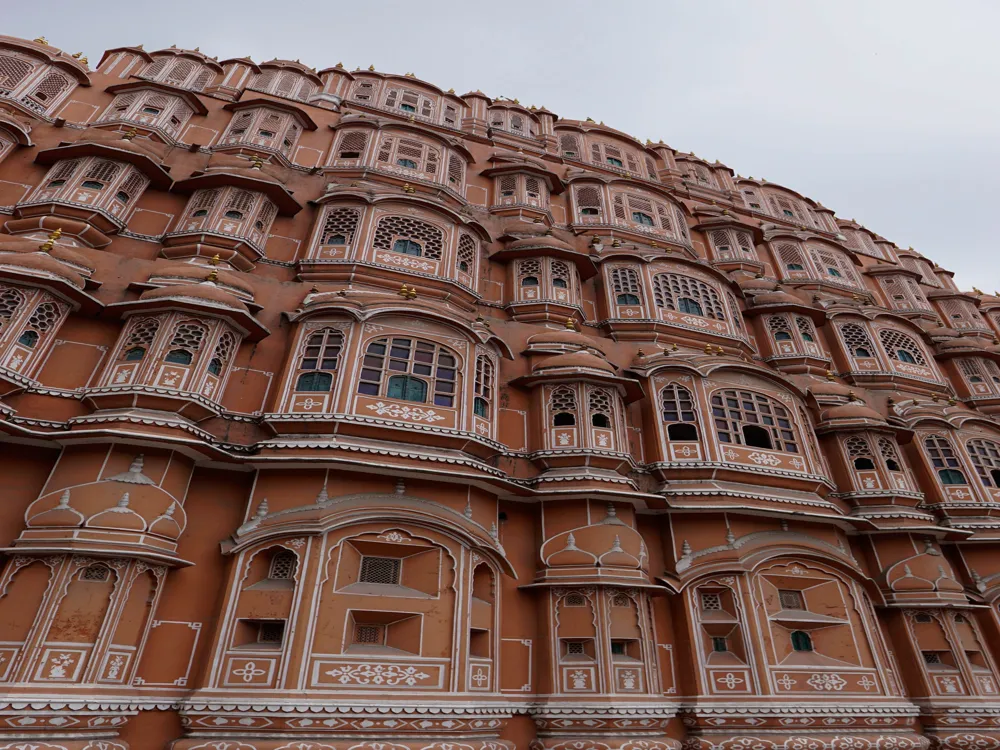
Sitting prettily right in the centre of the Man Sagar Lake on the outskirts of Jaipur, lies the splendid and tranquil Jal Mahal. A masterful creation, it is bordered by the Nahargarh Hills. This low rise symmetrical Palace was once a shooting lodge for the Maharajas and now fascinates many visitors from all over the world. Jal Mahal was constructed in the 1750s and was commissioned by Maharaja Madho Singh. It is indeed one of the most photographed monuments in India. The most striking feature of this palace is that while only one storey appears above the water level, there are in fact 4 storeys submerged underneath.
It is one of the most beautiful architectural palaces built by combining the Mughal and Rajput styles of architecture. The entry inside the fort is prohibited, but the view from a considerable distance while boating is enough to mesmerize you. During the evenings, the fort lights up and the reflection of the fort in the lake is absolutely gorgeous. With its impressive beauty and laid-back ambience, the Jal Mahal has become a true tourist delight.
Read More
Jantar Mantar Jaipur
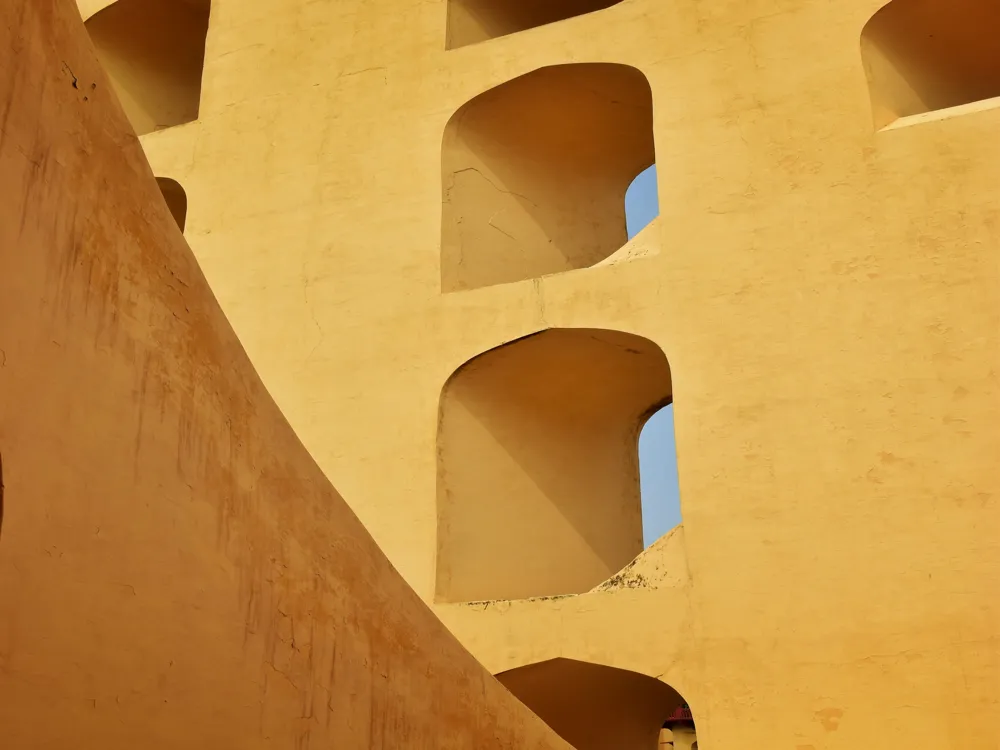
Located near the City Palace in the regal city of Jaipur, Jantar Mantar is the largest stone astronomical observatory in the world. Owing to its rich cultural, heritage and scientific value, Jantar Mantar in Jaipur has also been featured on UNESCO's list of World Heritage Sites. This ancient study boasts of nineteen instruments built out of stone and brass and was built by Raja Sawai Jai Singh in 1727-33. The intelligent construction and placement of these instruments allowed the observers to note the position of heavenly bodies with their naked eye alone. Time has failed to lay dust upon this engineering marvel and it still works as well as it used to in the olden times.
The main objective of building this vast observatory was to study and gather information about space and time. The instruments here pertain to the Egyptian study of Ptolemaic astronomy and follows three classical celestial coordinates to track the positions of heavenly bodies- namely the horizon-zenith local system, the equatorial system and the ecliptic system. Another fact that makes this destination unique is that the world's largest sundial is situated here. The observatory in Jaipur is a part of a collection of five other such observatories built by Raja Jai Singh, which are located in New Delhi, Ujjain, Varanasi and Mathura. The best experience here is undoubtedly the light and sound show that takes place every evening and Jantar Mantar lights up like a firefly!
Read More
Jaipur Travel Packages
View All Travel Packages Jaipur
Nearby Places Jaipur
Browse Package Collections
Browse Hotel Collections











